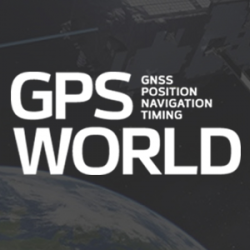
Expert Advice: Which Is the Best GNSS Receiver?
October 1, 2013
By Jayanta Ray Aerospace GNSS receivers constitute a class apart, compared to their more popular relatives used in […]
Read More

By Jayanta Ray Aerospace GNSS receivers constitute a class apart, compared to their more popular relatives used in […]

Accord Technology’s NexNav GPS receiver will be supporting FreeFlight Systems with its recently awarded FAA Capstone Retrofit Project. […]

Aeroflex Incorporated, a wholly owned subsidiary of Aeroflex Holding Corp., has announced its capability to simulate WAAS (Wide […]

Butler National Corporation, which specializes in the aerospace sector of structural modification, maintenance, repair, and overhaul, announces issuance […]

The Federal Aviation Administration (FAA) has awarded Raytheon Company a two-year contract extension to continue to provide services for the Wide Area Augmentation System (WAAS), a safety system that provides satellite-based navigation in the continental United States, Alaska, Canada and Mexico. The $30.1 million contract extends the period of performance through Sept. 24, 2013.

When jamming interfered with GPS signals at Newark Airport, a three-month effort determined that low-power, mobile personal-privacy devices were responsible. This article describes how they were found and outlines how the observable parameters of such devices encompass a wide variation in RF spectra and internal modulation.

Non-aviation users of satellite- and ground-based augmentation systems do not require the conservative level of integrity built into these systems for aviation users. Removing it can produce substantial benefits in terms of smaller error bounds and improved availability.
Follow Us